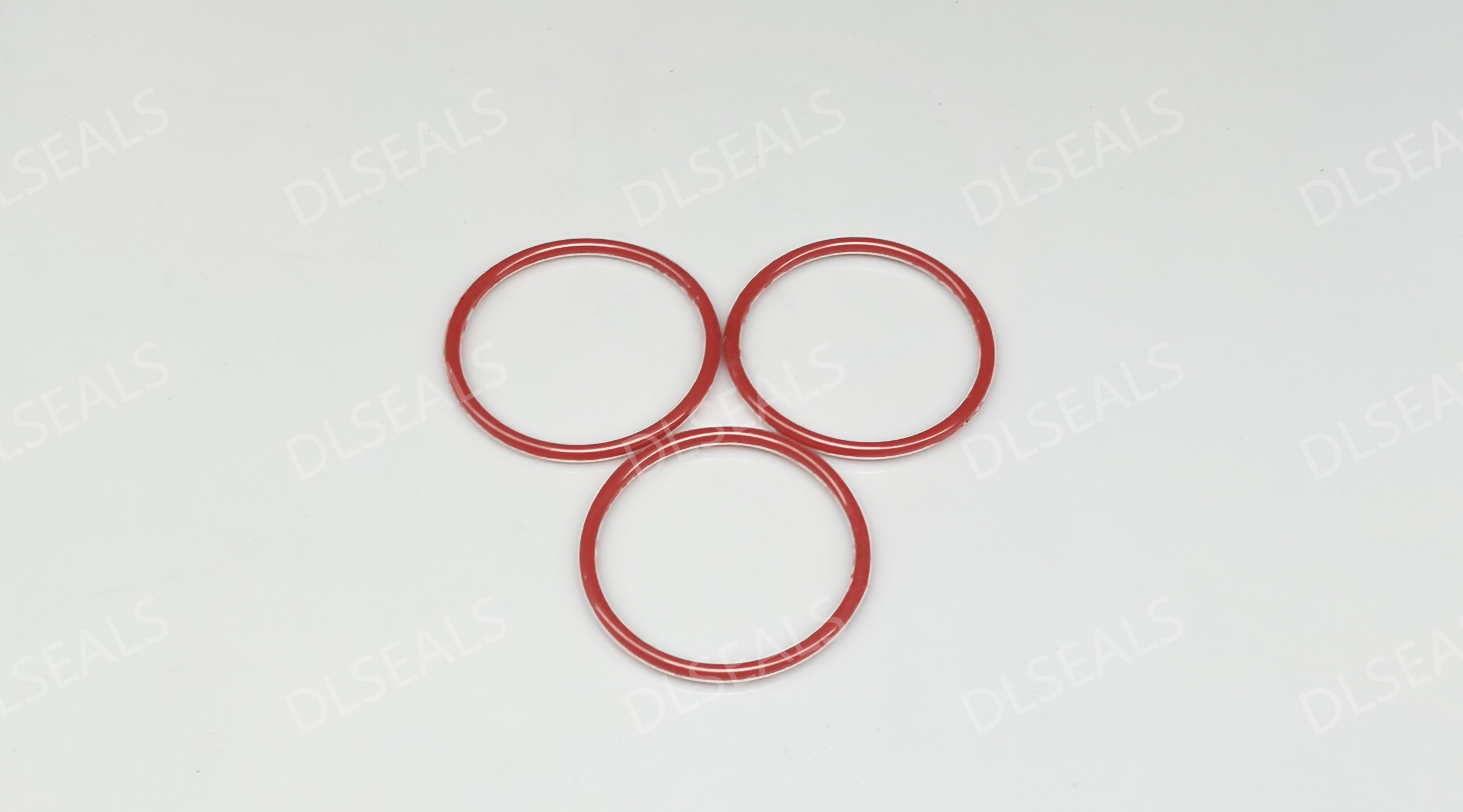
The performance of rubber seals directly affects the use of equipment, so it is crucial to choose high-quality raw materials and their inspection standards. The following is a guide to the inspection standards for raw materials and how to choose high-quality materials.
1. Inspection standards for raw materials
Appearance inspection
Color: It should meet the specified color without obvious color difference.
Bubbles and impurities: There should be no obvious bubbles, cracks, impurities or other defects on the surface.
Thickness: According to the design requirements, measure the thickness of the rubber to ensure consistency.
Physical property testing
Hardness: Tested using Shore A, usually between 70A and 90A.
Tensile strength: The tensile strength should be ≥15 MPa.
Elongation: The elongation before breaking should be ≥300%.
Chemical property testing
Oil resistance: After oil immersion test, ensure that the quality change and hardness change are within the allowable range.
Temperature resistance: Test the performance change under high or low temperature environment.
Ozone resistance: After ozone aging test, observe whether there is obvious cracking.
Environmental adaptability
Cold resistance: Test flexibility in low temperature environment to ensure normal use at -30°C or lower.
Corrosion resistance: Carry out corrosion tests for different chemical media to evaluate adaptability.
Other special properties
Water tightness: Test the performance of water sealing.
Air tightness: Test the sealing performance under air pressure conditions.
2. How to choose high-quality raw materials
Source of materials
Choose a reputable rubber supplier to ensure that the source of raw materials is traceable and has relevant quality certifications (such as ISO certification).
Material type
Choose a suitable rubber type according to the use environment and medium characteristics, such as NBR (nitrile rubber) for oil resistance, EPDM (ethylene propylene rubber) for oxygen resistance and weather resistance, and SBR (styrene butadiene rubber) for general use.
Performance test
Ensure that the selected material has undergone rigorous performance testing and meets the above inspection standards.
Reference case
Learn the application cases of similar products and choose materials that perform well in similar environments.
Professional advice
Consult material engineers or professional technicians to get professional advice based on specific application needs.
Price and cost-effectiveness
Consider the price and performance of the material, choose high-quality raw materials with high cost-effectiveness, and avoid focusing only on price and ignoring quality.
Conclusion
The inspection and selection of raw materials for rubber seals are key links to ensure their performance. Through strict inspection standards and reasonable material selection, the reliability and durability of the seal can be effectively improved. In practical applications, ensuring that the quality of the material meets the expected requirements can ensure the normal operation and long-term use of the equipment.
[DLSEALS kindly Reminder] Sealing issues? Turn to DLSEALS! As a sealing component manufacturer, we specialize in customizing sealing components, providing a full range of services from design, research and development, production, testing, and more. If you have more information you’d like to know, feel free to contact us directly. DLSEALS’s product experts are dedicated to serving you!
Post time: Sep-27-2024
